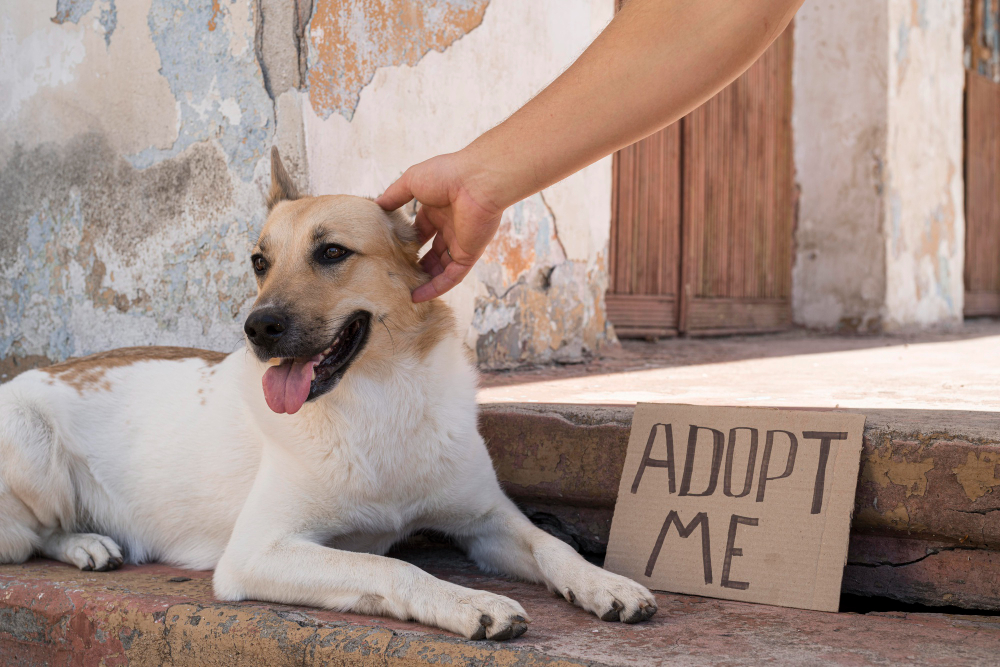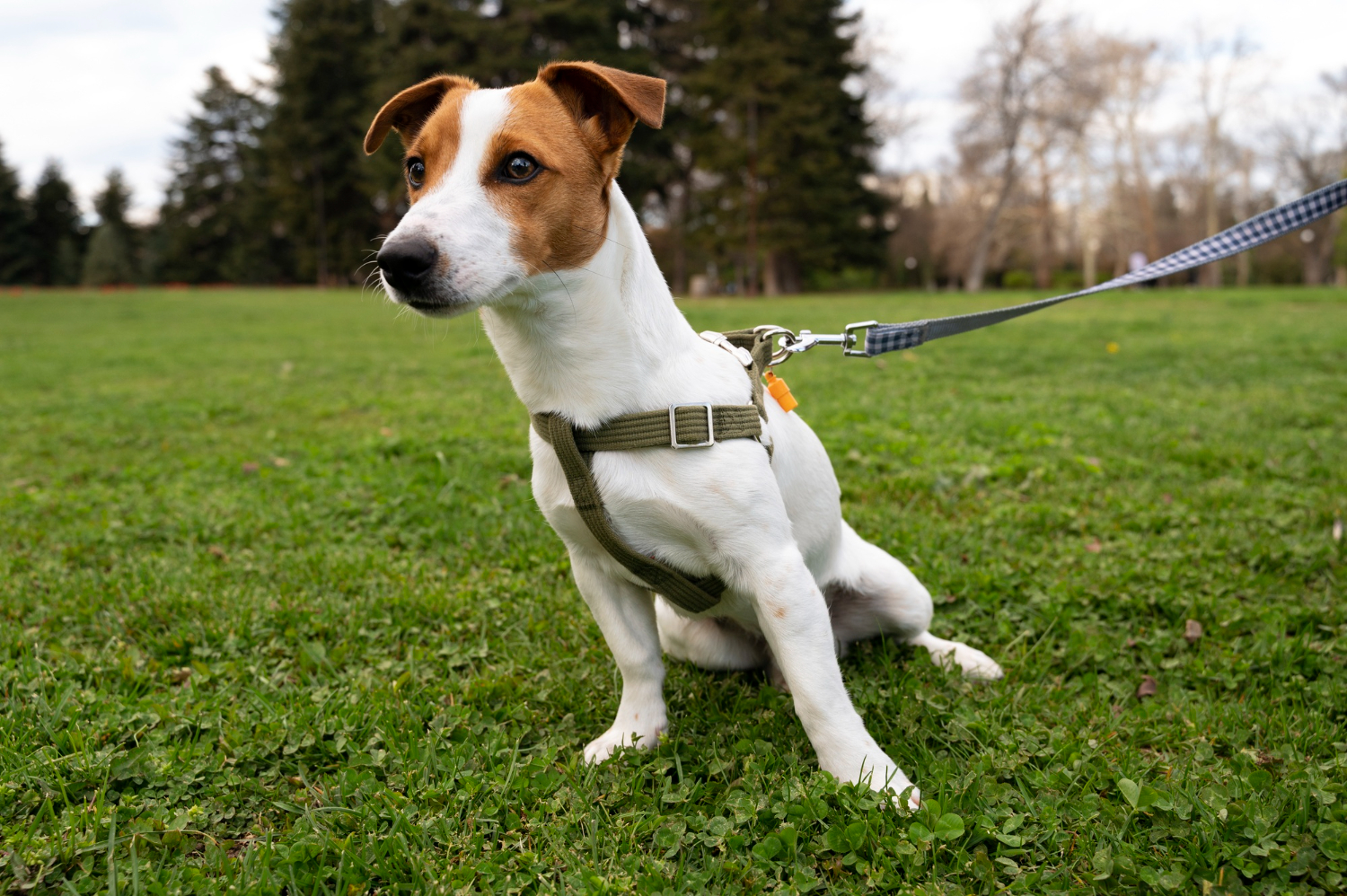Table of Contents
Adopting a new dog is thrilling and joyful. There’s nothing like the pleasure of bringing a puppy home, whether you’re a veteran or a first-timer. However, introducing a new dog to your family may be difficult and requires careful planning. This article covers the main steps and tips for properly integrating a new dog into your family. We can help you choose the right dog, adjust to other dogs, and form a strong bond.
Finding the Best Dog
Make the greatest puppy choice before adding one to your home. Consider these elements:
Consider Your Family’s Lifestyle
diverse dog breeds have diverse personalities, energy, and exercise demands. Consider if your family is busy or relaxed. Are there little children or just adults in the home? By considering these factors, you may choose a dog that matches your household.
Determine Family Needs
Why get a dog? Think about this. Do you want a therapy dog, watchdog, child playmate, or dedicated companion? Knowing your family’s needs may help you choose the right dog.
Explore Breeds and Temperaments
Research dog breed temperaments. Some breeds are known for being child-friendly, while others may be more independent or protective. Consider your dog breed and size preferences.
Buying Versus Adopting
Think about getting a dog from a shelter or rescue group. Shelters are full with lovable pets in need of homes. If you want to purchase from a breeder, be sure they have a good reputation and put the health and welfare of their dogs first.
Making Your Home Ready
You should puppy-proof or dog-proof your house, just as you would for a newborn. Hazardous materials include poisonous plants, chemicals, tiny objects that may be eaten, and electrical cables should be removed or secured. To prevent access to some places, think about utilizing baby gates.
Establish a Secure and Comfortable Environment
Create a special space with a cozy bed or box for your new dog. When a respite is needed, dogs value having a secure and tranquil refuge. Ensure that there are no domestic disturbances or noise in this area.
Obtain Necessary Supplies
Earlier than the arrival of your new puppy, gather all the required items. Food and water bowls, premium dog food, a leash, collar, identification tag, toys, grooming equipment, and cleaning materials for accidents are a few examples.
Introducing Your Family to the New Dog
It’s important to include your new puppy in the family right away. The best way to make everything go smoothly is as follows
Timing Is Everything
Pick an introductory time when your family can be there. Weekends or vacations may be good since they give everyone more time to get used to the new puppy and form bonds with him or her.
Gather The Family
Make sure that everyone in the family can attend the first meeting. Children and other pets are included in this. Everyone should be calm, forgiving, and prepared to accept the new member.
Keep The First Meeting
Keep the first encounter with your new puppy calm and controlled. Do not overburden the dog with attention or noise. Let them progressively approach family members while allowing them to explore their new surroundings at their own speed.
Introducing The New Dog To Existing Pets
If you already have pets, you should take extra precautions while introducing the new dog to them to avoid disputes and promote a harmonious coexistence.
Supervised Meet-and-greets
Introduce the new dog to the current animals in a monitored and controlled setting. To ensure control, all animals should be on leashes. Look out for any indications of aggressiveness or discomfort in their body language.
Separate Living Spaces
It’s often better to keep the new puppy and existing pets in different living locations during the early months. They can do this without coming into touch to grow acquainted to each other’s odors and presence.
Gradual Integration
Gradually increase the amount of interaction between your creatures as they get more used to one another. Maintain watching these conversations and be ready to step in and resolve any disputes that may emerge. The adjustment phase might be anywhere from a few days to several weeks or even longer, so keep that in mind.
Creating a Schedule and Training
For the welfare of your new dog and the unity of your family, it is crucial to establish a schedule and provide the appropriate training.
Maintaining Consistency
Your new dog will feel more safe and understand their place in the family if their feeding, exercise, and training routines are consistent. To prevent misunderstanding, make sure that everyone in the family abides by the same directives and standards.
Enroll in Obedience Classes
Enrolling your new dog in obedience training sessions is a great method to set limits and reward appropriate conduct. The chance to socialize with other dogs is another benefit of these programs.
Reward-Based Training
Training methods that use positive reinforcement are successful include giving out sweets and giving compliments. Reward your dog for favorable behaviour, and correct undesirable ones with patience and kindness.
Strengthening Relationships
A happy and healthy connection with your new dog depends on you developing a deep link with them. How to make your connection stronger is as follows:
Conclusion
Although bringing a new dog into your home is a considerable commitment, the experience may be among the most fulfilling of your life. You may ensure a seamless transition into a lifetime of love, happiness, and priceless memories by carefully choosing the proper dog, preparing your house, and using the advice provided in this article. In order to establish a solid and enduring relationship with your new furry family member, keep in mind that patience, understanding, and continuous care are essential.



